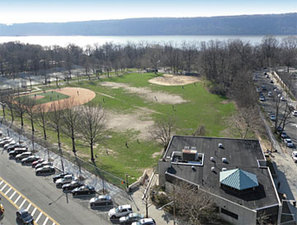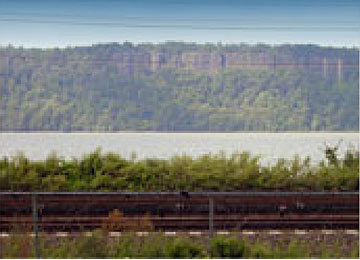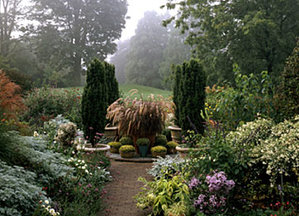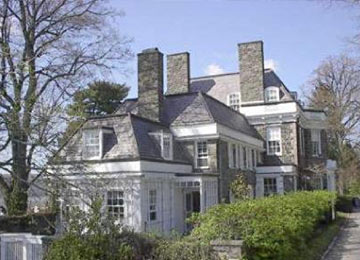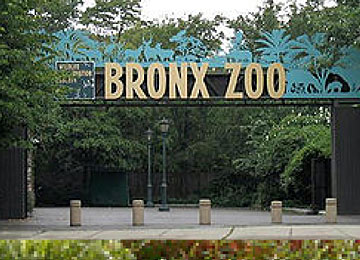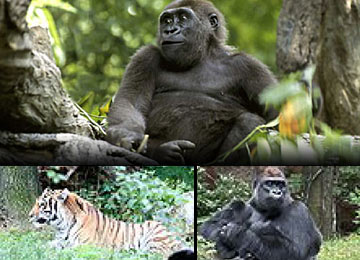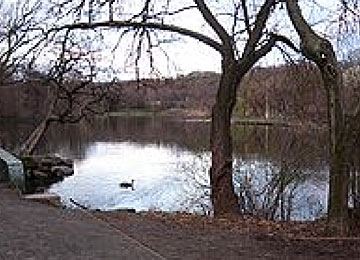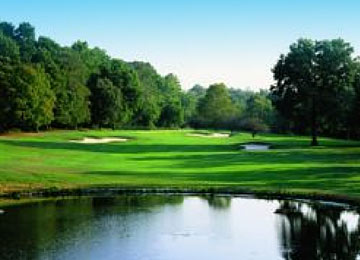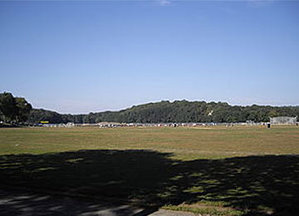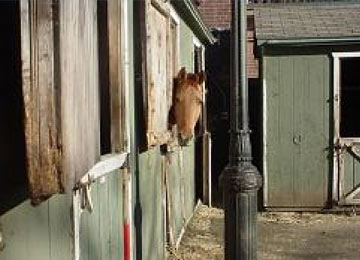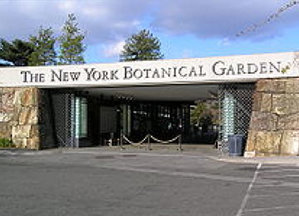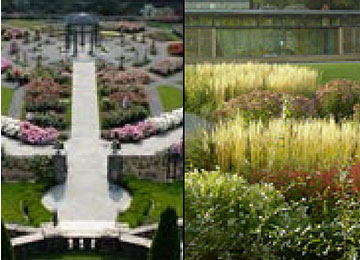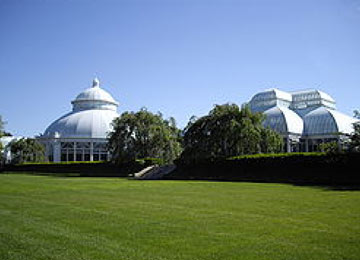Parks & Recreation
The Bronx has always been known as "The Borough of Parks and Universities," and the Riverdale area has been blessed with a rich bounty of parks and recreational areas of all sizes and types, including one typical New York City park - Seton Park - which is directly behind The Whitehall along Independence Avenue. There are also major parklands, a true gem of a conservation-style park, Wave Hill, and two nationally known parks - The New York Botanical Garden and the Bronx Zoo - just a short drive or bus ride away.
